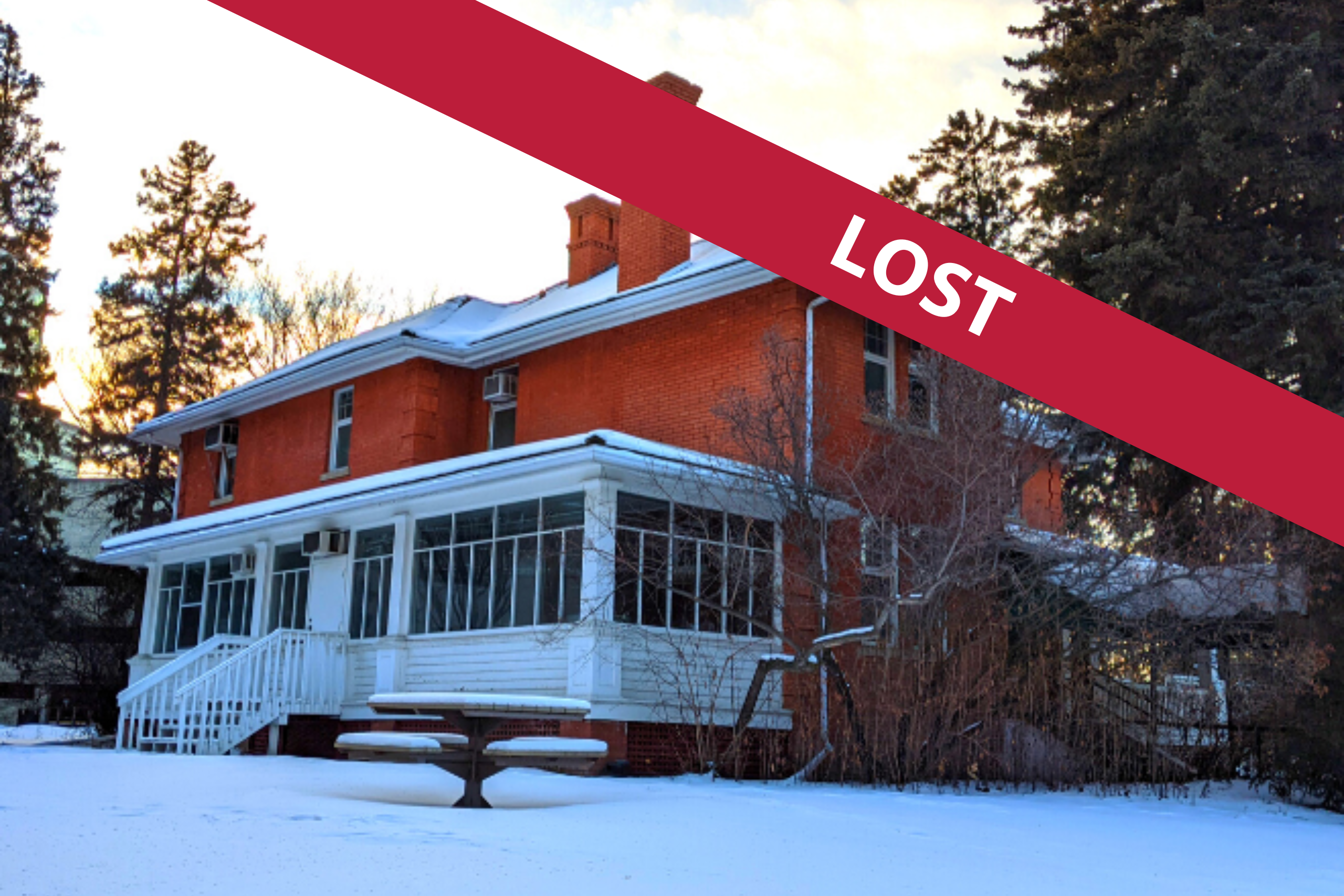Ring Houses (University of Alberta)

Why it matters:
The February announcement of the pending demolition of the University of Alberta’s (U of A) four historic Ring Houses drew broad public outcry, with a petition calling on the university to save the houses quickly gathering thousands of signatures.
Built between 1911 and 1914, the four Ring Houses are some of the U of A’s oldest buildings and have strong contextual, historical, and social significance for generations of university students and staff, and Edmonton residents. Originally part of a group of 10 houses grouped in a “ring” on the original campus’s northwest corner, the two-storey brick Edwardian style houses were built to house faculty. Some were designed by the university’s first (and only) professor of architecture, Cecil Scott Burgess. Ring House 1 (1911) – the second oldest building at the U of A – was the home of five U of A presidents from 1912-1959, and the other three Ring Houses also performed high-profile roles.
In addition to their historic value, these structurally sound and functional buildings represent large quantities of embodied carbon and irreplaceable durable materials, including old-growth timber. As a carbon sequestration research leader, U of A has the opportunity to set an example for Canadians and other post-secondary institutions in the sustainable management of its existing real property assets – arguably society’s largest consumer good.
Why it’s endangered:
In February 2021, the U of A announced that the Ring Houses had been emptied of occupants and were on track for demolition in May 2021. The University’s Integrated Asset Management Strategy Dashboard explained that, “the Ring Houses no longer support the teaching or research needs of the institution, have very high deferred maintenance costs, and have inherent accessibility barriers.” In response to the public outcry, the UofA has offered to sell each of the buildings for $1 if buyers agree to pay moving costs but has also begun selling off interior features to the highest bidder. A local heritage coalition has called for a temporary delay to the demolition of the houses until March 2022, to allow time for preservation and reuse options to be explored.
There are growing concerns that other significant older structures at the U of A will soon face the wrecking ball, particularly given the severe recent provincial funding cuts to the institution – $170 million over the last two years. In November 2019, the Alumni House near the Ring Houses was torn down and the demolition of numerous others – for example, the Administration and Humanities Buildings – have been proposed as a strategy for dealing with deferred maintenance.
What Needs to Change:
The U of A’s demolition announcement spotlights the systemic challenges facing older/heritage buildings on post-secondary campuses across Canada. Alberta is one of the only Canadian provinces with legislation that does not allow heritage designation of buildings on post-secondary campuses – by either provincial or municipal governments. This means that there is currently no mechanism for assessing and protecting the community value of these publicly held heritage assets.
The National Trust believes Canada needs policies and laws that promote the retention and reuse of existing buildings because it is essential to addressing the climate crisis. Reusing and upgrading existing buildings – as opposed to their demolition and replacement with new buildings, even energy efficient “green” ones – would have a substantial immediate and long-term impact in achieving Canada’s GHG emission targets. Yet the barriers to reuse are numerous. Policies that promote building reuse would motivate researchers, industries, and institutions of higher learning like the U of A to leverage their campus assets as a productive form of climate action.
What you can do:
Consider signing the local heritage coalition’s open letter to University of Alberta President Bill Flanagan and the Board of Governors. Find it here.
Location: Edmonton, AB
Endangered Places List: 2021
Status: Endangered
